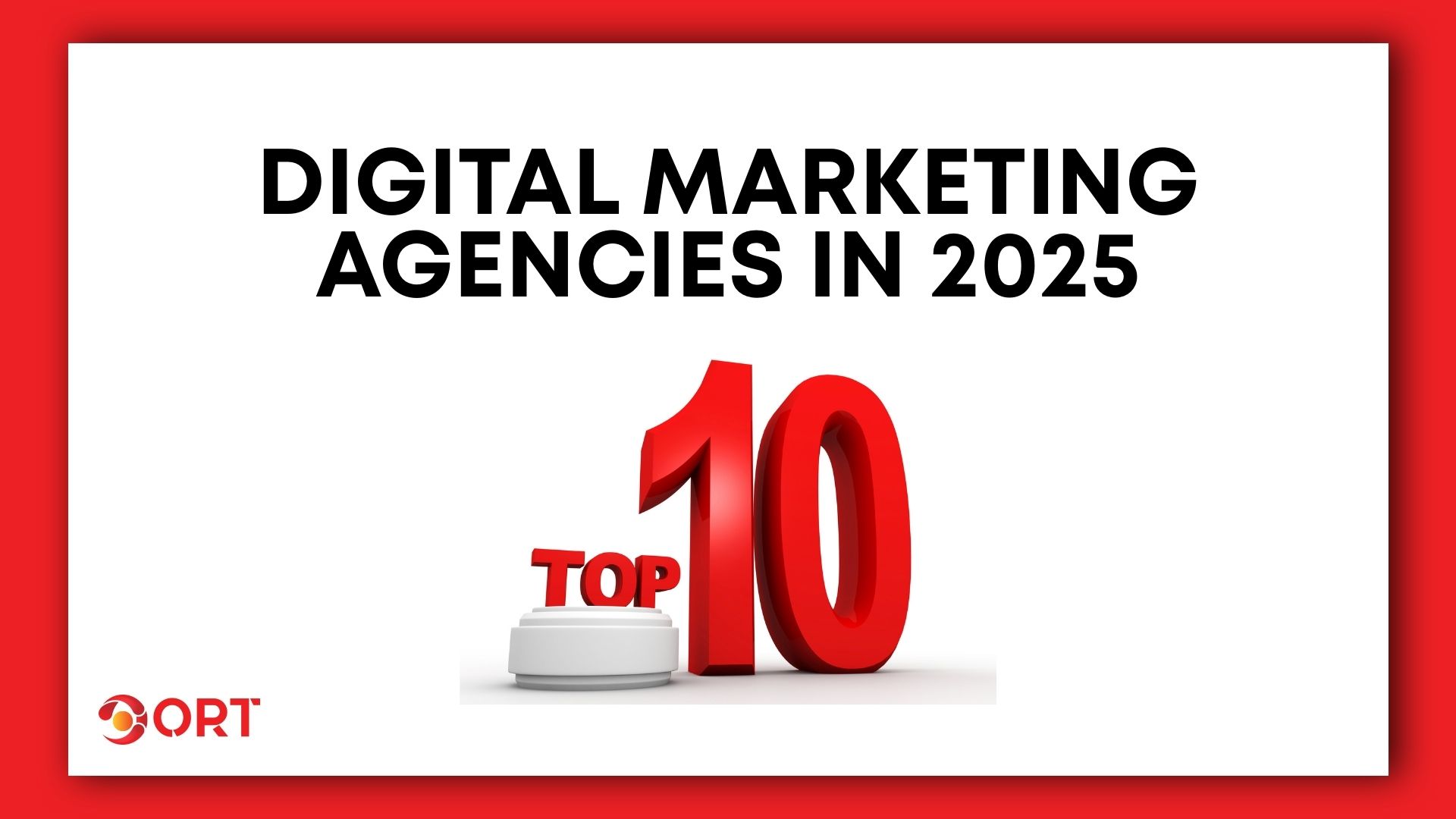Table of Contents
ToggleContent generation is essential to the success of any Social-Media-Marketing (SMM) in a world driven by fast-paced digital today. No matter what you offer, be it brand awareness or traffic/lead generation, you must produce good-quality content that can connect well with your audience. But how do you make sure your content creation for social media is not just effective, but also strategic? This is where a content strategy comes in.
In today’s blog, we’ll be taking a look at how to develop all-encompassing content strategies that resonate with your business objectives, broaden your digital footprint, and trigger real engagement. Below would be the key elements that are embedded into content planning in digital marketing, the advantages of implementing a good content strategy, and how Digital OORT can make it easier for your brand to level up by providing its services.
1. Why You Need a Social Media Content Strategy
There’s no getting around the fact that our digital marketing space is noisy. Standing out requires a method to the madness when it comes to creating content for businesses. When you have a content strategy in place, that way everything you create serves the brand and is relevant to what your audience wants or needs.
A content creation strategy allows businesses to:
- Stay consistent across platforms
- Create relevant, valuable content that drives action
- Align content with specific business goals (e.g., lead generation, brand awareness)
- Measure content effectiveness through analytics
Without a systematic method, businesses could spend resources creating the wrong kind of content that does not appeal to their audience and does NOT contribute in any way, or simply detracts from their revenue goal. Enter into the picture, strategic social media content creation. That’s where strategic social media content creation comes into play.
2. Key Components of a Social Media Content Strategy
To build a winning digital content strategy, you need to understand the fundamental elements that make up a successful plan. Below, we provide an overview of the important elements that constitute digital marketing content planning:
2.1. Audience Research
The first step in creating a content strategy is to know your audience. This involves identifying:
- Demographics (age, location, gender)
- Psychographics (interests, values, lifestyle)
- Pain points and challenges
- Content preferences (videos, infographics, blogs)
This knowledge will allow you to provide social media content that resonates with your audience by getting to the heart of what they care about, so your social media creation does not fall on deaf ears.
2.2. Content Pillars and Themes
These are broader topics or themes guiding your content creation. They should be consistent with your brand values and objectives, guiding the kind of content you are producing. Here are some examples of content pillars a fitness brand could run with:
- Fitness tips
- Nutritional advice
- Motivational stories
- Product reviews
Follow these pillars, and you will be able to have tons of content that your audience is excited for, increasing engagement and loyalty.
: 3.3. Content Types and Formats
In content marketing, a varied content marketing strategy is essential. Because not all content will make sense for your audience. Some examples include:
- Videos: These are both highly interactive and well-suited to platforms like YouTube, Instagram, and TikTok.
- Infographics: It is the best way to simplify complex information in a visual style.
- Blog Posts: Amazing for SEO and educative your readers at length.
- User-Generated Content (UGC): Showcasing customer content to create trust and community.
A mixed baked content recipe will keep your audience engaged and may become a differentiator in your strategy.
3.4. Content Calendar Planning
Content Calendar, for instance, when it comes to content planning in digital marketing, it works for businesses to schedule their posts across a number of different platforms. A good content calendar:
- Post content of some sort consistently, on time
- Comparing content planning for specific events/holidays/campaigns
- Ensures a healthy mix of content types and topics
The content calendars will help you to systematise social media content creation and also keep your team in alignment about which needs to be posted when.
3.5. Brand Voice and Messaging
Consistency is key when it comes to brand voice. Regardless of whether you approach it formally, casually, humorously, or inspiringly, your tone should be consistent even across differing types of posts. It is through specific content that your brand gets a personality, and the more familiar your audience becomes with a brand, the more trust and recognition they can place in it. The subject matter you share (the content of your messaging) should accomplish both sectors: what you wish from your side and what these people are hoping to know on their side.
4. Aligning Content with Business Goals
A Digital Content Strategy Should Be Aligned With Your Business Objectives. If you want to increase brand awareness, drive people to your website, or generate leads, the content needs to reflect that. How to align your content with business goals. Here’s how to align your content with your business goals:
4.1. Content Creation for Lead Generation
Lead Gen means crafting content that moves someone through the funnel. That could mean offering access to gated content—e.g., eBooks, webinars, or case studies that users must share their contacts to get access.
4.2. Content Creation for Brand Awareness
If you want people to know about your brand, think of what kind of highly shareable content you can create. Market it on Instagram or TikTok because people are always searching for trending tags and trends.
4.3. Content Creation for Customer Loyalty
Personalization provides an edge in terms of building a loyal customer because it adds value for the already existing customers. This helps in retaining customers because customers will be more inclined, as you mention them in their talks or write a piece about them. After all, it gives their audience value. You may also write blog posts about customer success stories or how to get the most value out of your product/service.
4.4. Repurposing Content for Maximum Reach
This is also another proven way of ensuring that you maximise your use of content in the content creation process, called repurposing content. By recycling content by platform, you are able to elongate the lifespan of your content and increase its reach. For example:
- Use a blog post to create an infographic for Instagram.
- Make a video summarizing the main takeaways from your recent blog post and either share it on TikTok or YouTube.
- Use UGC to repurpose it into Testimonials/Case Studies for your site
Not only will this save time, but it also ensures consistency wherever you publish.
5. Leveraging Data and Analytics to Refine Content Strategy
The ability to measure success is key in content marketing. Staying analytical at all times (Google Analytics, Facebook Insights) in order to understand how the content performs and improve your strategy in time. How to use data to improve your content strategy
- Measure engagement rates (likes, comments, shares)
- Track conversions (from clicks to form submissions)
- Knowing the audience growth and demographics.
- Test headlines, CTAs, & visuals with A/B testing to see what works best
Using this data-driven strategy will keep your social media content creation relevant and working.
6. Best Practices for Social Media Content Creation
Here is what we need to understand: content works well when it is promoted and executed. Below are some guidelines to help you create better than most.
- Engaging Visuals
Use of Images, Images, and other content, especially size-specific/recommended large images that can capture the attention of the audience. Canva and Adobe Spark are also really good solutions. - Storytelling
Most people are way more into stories than they are dry facts — everywhere. Stories from events and your success story of a customer are some good examples of how storytelling can make your brand feel more relatable on any digital platform. - User-Generated Content (UGC)
UGC is worth its weight in gold. You can do so by incentivizing customers to share their experiences, and in the process, you produce authentic content that builds trust with your audience.
How Digital Oort Can Help
As a content strategy agency, Digital OORT focuses on getting things done. We specialize in working with businesses to implement customized digital content strategies designed for their specific objectives. We also provide social media content creation through data-driven strategy, audience research, and create a content plan that will best suit the businesses.
If you are serious about stepping up your content marketing, contact us today to learn how our social media strategists can work with you to develop a winning content strategy.
Conclusion
An awesome, effectively developed content strategy is the spine of Social Media Marketing content creation. Each aspect, from audience research through to content calendar planning and performance analytics, contributes towards those business aims. With a good content strategy that complements the brand objectives, you will be able to engage your audience, build your brand, and turn your audience into customers.You can engage your audience, build your brand, and audience into customers with a proper content strategy that supports the brand objectives. When you are prepared to step up your content development attempts and would like to achieve results that can be measured, reach out to the Digital OORT team for more advice on our content strategy solutions.
Author
-

Shafqat Mahmood is a Digital Marketing Expert specializing in SEO, Social Media Marketing, Google & Facebook Ads, LinkedIn & TikTok Ads, Email Marketing, and Business Development. With proven strategies across Australia and Pakistan, Shafqat Mahmood helps businesses increase visibility, generate leads, and drive sales growth.



